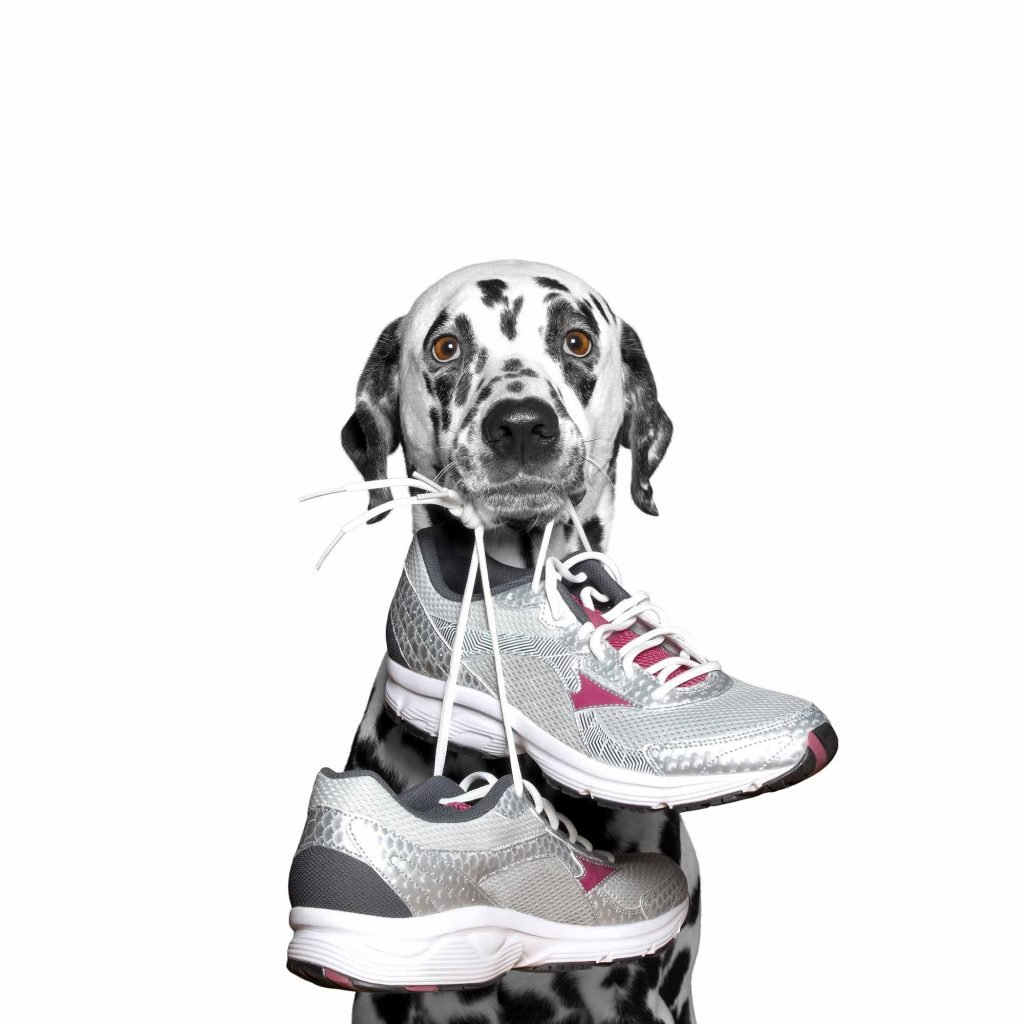 Have you ever lifted up your couch only to find a giant collection of bones, treats, or toys that dates back many, many months? What about shining a light on the dark corner in the back of your closet to reveal a veritable mini-mountain of kibble? You’re not alone. In fact, many people have a hoarding dog, but they either haven’t discovered it yet or they simply don’t know what to do. It may seem like we’re making up this wack-a-doo dog behavior, but this real canine conduct has possibly sound logic behind it.
Have you ever lifted up your couch only to find a giant collection of bones, treats, or toys that dates back many, many months? What about shining a light on the dark corner in the back of your closet to reveal a veritable mini-mountain of kibble? You’re not alone. In fact, many people have a hoarding dog, but they either haven’t discovered it yet or they simply don’t know what to do. It may seem like we’re making up this wack-a-doo dog behavior, but this real canine conduct has possibly sound logic behind it.
Why Does My Dog Hoard?
Dogs have various behaviors that root all the way back to their wild ancestors. Before they became our natural best friends, dogs didn’t know where their next meal was coming from. To be sure, many dogs either starved or ate questionable meals every few days or so. As a result, when wild dogs got a big pay day, they either buried or hid it to nibble on over the course of several days. Among other animals that continue this behavior today, foxes are also well known to hoard.
Obsessive?
It’s important to remember that it’s a natural canine behavior. That being said, however, a hoarding dog can become dangerously obsessive about their favorite treats or toys. It’s also not uncommon for dogs to hoard objects or items that belong to their favorite person. Keep a close eye on places your dog frequents. If you allow this behavior to get out of hand or things accumulate in certain locations in the house, you could have a much bigger problem on your hands.
Is it Cute?
Sure, a hoarding dog can be quite adorable, and these examples prove it. But, again, this behavior should have its limits. You might consider restricting parts of the house or yard that your dog uses for his or her “stash.” This way, they’re less likely to store items for later.
When it Becomes a Problem
A hoarding dog may develop characteristics of resource guarding. This is indicated by aggression toward anyone getting too close to valued toys or food. A significant safety concern, resource guarding can be addressed and possibly reversed through behavioral training.
Helping your hoarding dog may seem impossible at times, but if you tidy up as much as possible, your dog will have less to hoard. Make sure your dog eats their meals at the time you’ve chosen and store any food not eaten. Likewise, toys laying around the house may easily become hoarded, so try to keep them out of sight and mind until you want your dog to play with them.
The Trade Off
Many dog owners find success by trading the hoarded object for something they know the dog values, like a super tasty treat. This reward exchange can go a long way toward reversing obsessive resource guarding, but if you need help, please let us know.
Growling, biting, barking, and other behaviors can be very stressful for a dog owner. We can assist you in finding a certified behaviorist who can evaluate your dog and find solutions for success.
Help Your Hoarding Dog
Hoarding is an inherited behavior that clashes with modern living, but if you can redirect your dog’s energy, you can continue living in human-canine harmony. Please contact us with any questions or concerns regarding your hoarding dog.
The post The Confounding Logic of a Hoarding Dog appeared first on West Park Animal Hospital Blog.

